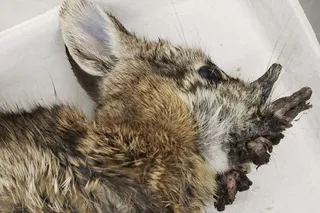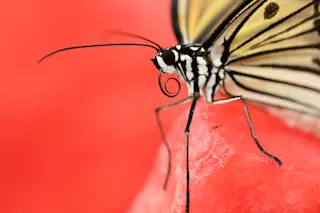This is the second of eight posts on evolutionary research to celebrate Darwin's bicentennial.
What do you get when one species splits into separate lineages? Two species? Think bigger...
When new species arise, they can set off evolutionary chain reactions that cause even more new species to spring forth - fresh buds on the tree of life create conditions that encourage more budding on different branches.
Biologists have long suspected that these "cascades of speciation" exist but have struggled to test them. Enter Andrew Forbes from the University of Notre Dame - his team of has found a stunning new proof of the concept by studying a fruit fly called the apple maggot (Rhagoletis pomonella) and the parasitic wasps that use it as a host.
Contrary to its name, the apple maggot's natural host is not apples - it's hawthorn. The fly only developed a taste for apples about 150 ...













